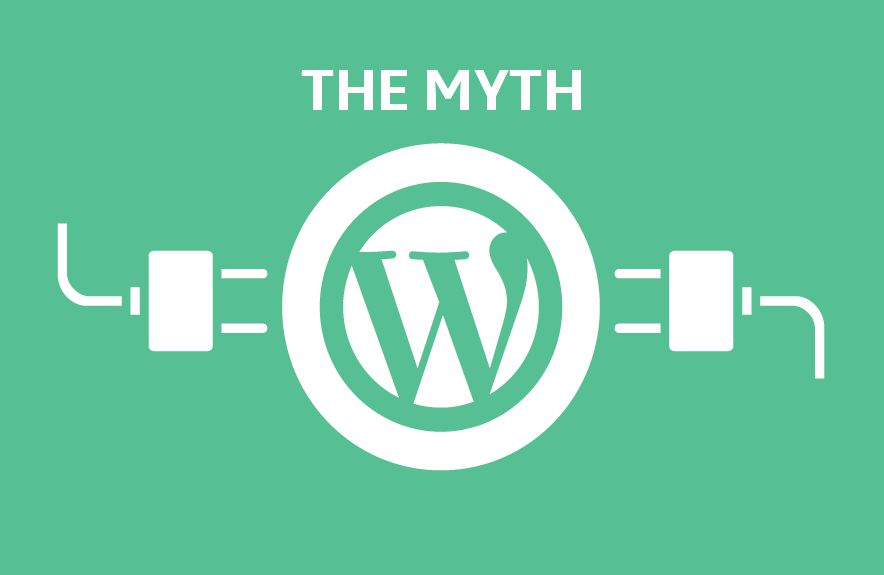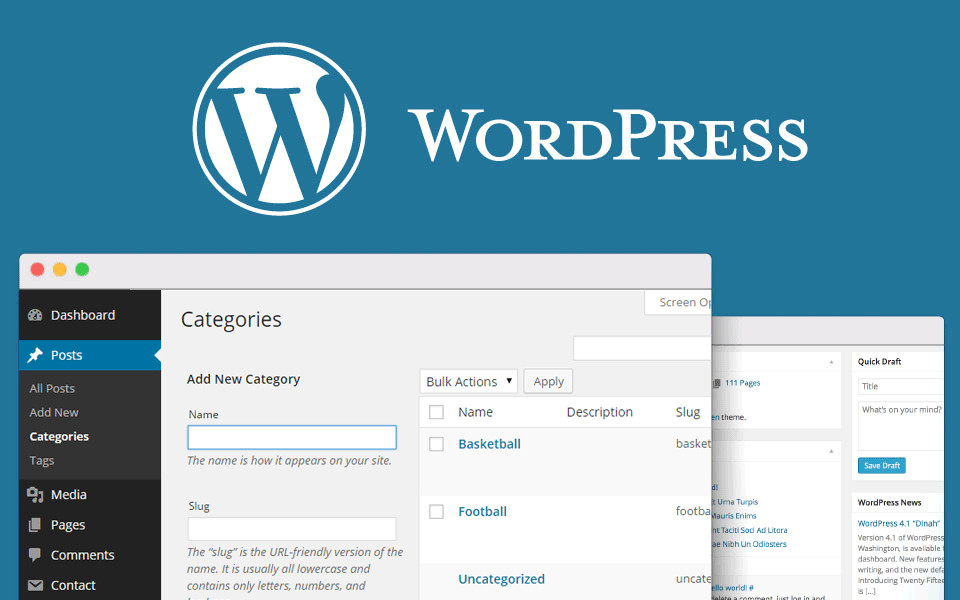The AMP project turns four-years this month and has turned into a common presence in the internet browsing experience since its late February 2016 launch. Beyond that period, AMP has been subject to hype, even outright misrepresentation, wish and misconception. A cursory internet search will yield many content articles on AMP with too many repeating the same misconceptions about the project and its technology.
The most pervasive misconception is AMP is an exclusively Google project. The confusion is without question understandable since Google spearheaded the project. But, since its beginnings, AMP – originally known as Accelerated Mobile Pages, thus the acronym – was an open-source development project led by Google together with other groups and individuals. In truth, Twitter was part of the earliest development of AMP. From its inception AMP was open source and unbranded.
Since this past year, AMP has moved to a fresh governance model with control handed to the OpenJS foundation to greatly help assure the project’s independence. To date, AMP has over 1,000 contributors with 78% via corporations including Twitter, Pinterest, Yahoo, Bing, and eBay. Support for AMP keeps growing along with the need for a faster, much less bloated internet experience. And the bold nature of the project itself is still as valid today the way it was in 2016.
Even so, myths regarding AMP persist.
MYTH: AMP is only for the mobile web. One indication this isn’t true is the project is no more titled Accelerated Mobile Pages, it is simply AMP. The tech works as framework across device types such as mobile, tablet and desktop, nonetheless it was designed to be mobile-friendly where bandwidth, connectivity and hardware challenges are more keenly experienced than on the desktop.
MYTH: AMP only works from Google.com. Because Google itself saves and serves up cached AMP pages, there is a misconception it only works via Google. On content platforms alone, AMP works on Google, Bing, Twitter, Yahoo JP, Baidu, LinkedIn and more. A large number of platforms, vendors and partners across ads, analytics, content, CMS and audio/video have also integrated with AMP.
MYTH: AMP is only for publishers and static websites. This myth is best debunked by the very fact that more than 60% of AMP search engine result page (SERP) clicks go to non-news sites. AMP is ideal for any website and it’s best for e-commerce having been embraced by brands including BMW, George.com, New Egg, Samsung and more. At release, AMP was mainly adopted by publishers, however now every element of the web experience leverages AMP because of its speed benefits.
MYTH: AMP doesn’t support e-commerce websites. See the brands in the above list to refute this myth. AMP is truly a natural suit for e-commerce with an instant user experience that drives engagement and prospects to higher conversion rates and ROI. Evolution of the tech since its release has brought new components and functionality to retailers that increases speed without shedding the brand experience.
MYTH: AMP won’t work with major e-commerce platforms. In fact, AMP ties into all major CMS and e-commerce platforms including Shopify, WooCommerce, IBM WebSphere, SAP Hybris and more.
MYTH: AMP doesn’t support interactive/dynamic/personalized content. The concern is JavaScript-driven features that shoppers love aren’t allowed, but AMP components allow customization and interactive experiences without feature restrictions and third-party integrations are available. Personalization features consist of related products, A/B testing, geolocation targeting and whole lot more, and filtering and facet searching are also possible.
MYTH: AMP doesn’t allow for fresh, real-time content. Dynamic content, such as pricing and inventory, is possible using a mix of AMP components and APIs.
MYTH: AMP kills user engagement. At WompMobile, we’ve found the opposite is true. After launching over 40 million AMP pages and measuring lift across major user engagement and profitability metrics, our research found AMP led to a 27.1% increase in organic traffic, a 33.8% lift in SERP impressions, and 15.3% higher SERP click-through rates.
MYTH: Best practices will match AMP speeds. Applying best practices is always a good idea, but only AMP guarantees speed and sets up guardrails that protect against degradation of that speed over time. Because AMPs are pre-rendered and pre-fetched at the SERP, those pages essentially load instantly. It’s impossible to re-platform or engineer the benefits afforded to AMP.
MYTH: Google is stealing your branded URL. AMP is delivered through a global content delivery network (CDN) fetching cached content from the cloud this means the AMP Cache is simply no different than Cloudflare, AWS or Azure depending on global CDNs to optimize delivery along with benefits like scalability and reliability. Dating back to late 2018, Google launched Signed Exchanges meaning cached AMP URLs feature the original domain names instead of “google.com/amp.” Signed Exchanges was a benchmark in the evolution of open-source AMP by providing the pre-cached mobile-page speeds together with the attribution and branding of the origin URL.
MYTH: AMP performance can’t be measured or tracked. Actually, Google Analytics along with more than 50 analytic platforms integrate with AMP. It is important to remember AMP pages are served from an AMP cache domain with differs from your site domain. Use an AMP Linker analytics tool to join user sessions using AMP Client ID as a user identifier to track visitors across an AMP cache and your site pages.
MYTH: AMP plugins work great. The truth is there’s virtually no way to click a button and convert your canonical page to AMP while preserving your brand user experience, identity and functionality. Using plugins imply you must stick to a prefab template that’ll be a watered-down edition of your canonical web page. Building AMPs with total feature and brand parity requires work, however the time and work is worth it.
MYTH: Google penalizes AMP because of duplicate content. This is incorrect because valid AMP pages require a canonical link tag pointing to the main site. Google caches and serves AMPs from the SERP, but the domain authority and SEO is attributed to the canonical page.
MYTH: AMP has no effect on rank. According to Google, AMP doesn’t get a boost in page ranking, but it does indeed emphasize the need for mobile performance – especially speed – as a ranking signal. Ultimately, Google values mobile performance and AMP offers the efficiency its algorithm is seeking. The mandate is to be fast and generate a mobile website catering to the user experience or risk harming search engine results.
Credit: Source






